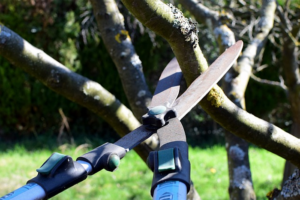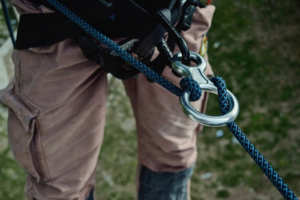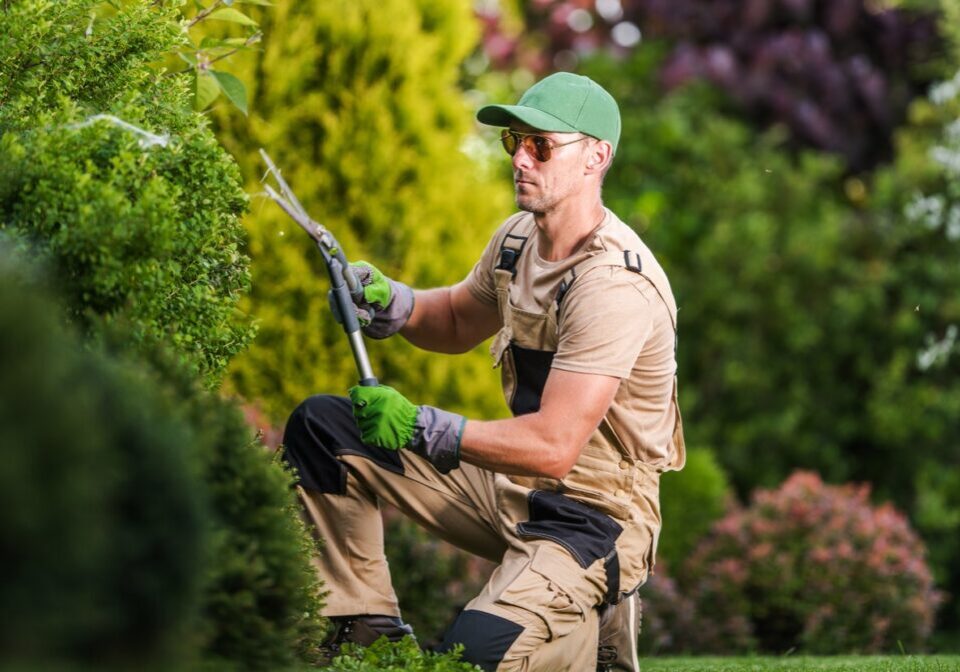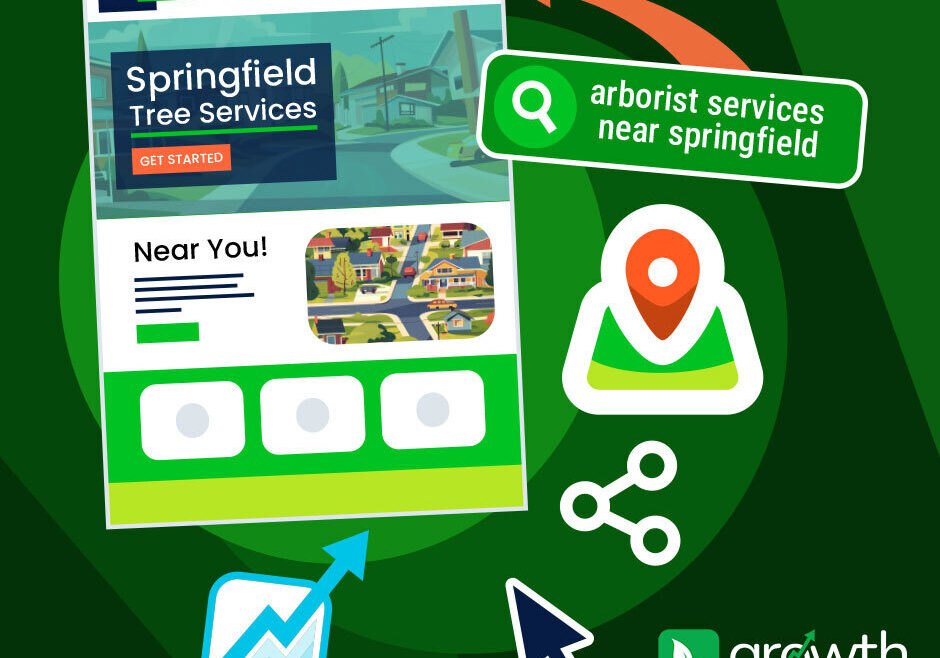The Best Arborist Gear and Tools: What You Need to Get Started
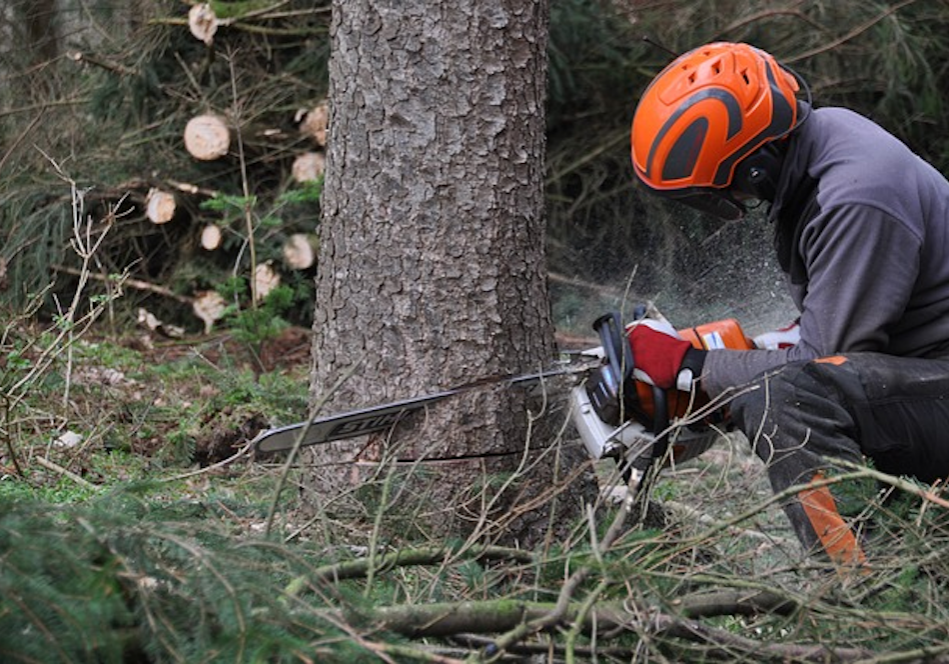
In the world of landscaping and tree care, arborists are the unsung heroes who ensure the health and vitality of our green spaces. It is essential for any worker to have the proper arborist equipment to maintain safe practices while in the field. Whether you’re a seasoned arborist or just starting in the field, having the right gear and tools is crucial to your success. In this comprehensive guide, we’ll delve into the must-have arborist gear and tools that will help you excel in your profession. From tree pruning to safety equipment, we’ve got you covered, including explanations of why these tools and tips are essential.
Section 1: Safety First – Protective Gear
Before we dive into the exciting realm of arborist tools, let’s focus on the most critical concern in your line of work – safety. Arboriculture, as you know, can be quite demanding, and ensuring your well-being is of utmost importance. That’s why we’ve compiled a list of must-have personal protective equipment (PPE) essentials and why they are absolutely indispensable for your daily tasks:
1.1. Helmet:
Your head is your most valuable asset. An ANSI-approved helmet will protect you from falling debris and low branches, ensuring your safety on your job site. When you see a helmet that is labeled as “ANSI-approved” or “ANSI Z89.1-compliant,” it means that the helmet has met the safety standards outlined in ANSI Z89.1. This is generally important to be sure of when buying a helmet as an ANSI helmet will keep your head on right during any tree work.
1.2. Eye Protection:
Your eyes are vulnerable to various hazards when working in tree care. Dust, wood chips, and debris can pose significant threats. Therefore, investing in safety goggles or a full-face shield is paramount. These protective eyewear options will shield your eyes, preserving your vision and ensuring your safety during tree care tasks.
1.3. Ear Protection:
Prolonged exposure to chainsaws and other equipment can damage your hearing. Invest in noise-canceling earmuffs or earplugs to safeguard your hearing health in a noisy work environment. The 3M Peltor Optime 105 Over-the-Head Earmuff‘s are great to use as ear protection as they offer a high level of noise reduction, as well as an adjustable fit.
1.4. Chainsaw Chaps:
When operating a chainsaw, safeguarding your lower body is crucial. Chainsaw chaps, with their layers of protective fabric, act as a formidable barrier against chainsaw chains. They are designed to halt the chain’s movement instantly, mitigating the risk of life-threatening leg injuries during chainsaw operation. Wearing these chainsaw-resistant pants is a non-negotiable safety measure during tree removals, ensuring your well-being is never compromised.
1.5. Gloves:
Never underestimate the importance of your hands in arboriculture. Arborist gloves offer a secure grip and serve as a barrier against blisters, cuts, and splinters, keeping your hands protected and comfortable throughout various tasks. While the choice of gloves may vary according to personal preference, Ironclad General Utility Gloves are highly recommended to safeguard your fingers and ensure their integrity remains intact during your tree care endeavors.
Section 2: Climbing Equipment
Arborists often need to ascend trees to assess their health or perform maintenance tasks. Having the right tree climbing gear is essential for your safety and efficiency. Below we look at a list of tools that are essential to climbing any tree:
2.1. Climbing Harness:
A comfortable, well-fitting harness is your lifeline when ascending trees. A tree climbing harness provides security, allowing you to focus on the task at hand and ensuring your safety while working at heights. One harness used to climb trees professionally is the . This harness is comfortable, easily adjustable, and SRT compatible, one of the many arborist techniques that are out there.
When it comes to ascending trees, a comfortable and properly fitted harness becomes your lifeline. A tree climbing harness offers both security and peace of mind, allowing you to concentrate on your tasks and ensuring your safety while working at elevated heights. The Petzl Sequoia SRT (Suspended Rope Technique) Harness is a popular choice among professional tree climbers. This harness is known for its comfort, easy adjustability, and compatibility with the SRT technique, one of the various arborist methods available to you. It’s a reliable companion to keep you safe and focused during your tree-climbing endeavors.
2.2. Carabiners:
Carabiners are indispensable tools with a wide range of uses in tree climbing. They play a crucial role in attaching you to your tree climbing harness, securing ropes, and linking various components of your climbing system. Their versatility ensures you can achieve secure and controlled tree access, making them an essential part of your climbing gear.
2.3. Rope:
High-quality climbing ropes are a must. Dynamic ropes provide some stretch, which can absorb shock loads in case of a fall, reducing the risk of injury during tree climbing. It’s also important to know the different types of ropes that are needed while climbing. A climbing rope is the core rope used to ascend and descend. A throw line, also known as a “throw bag” or “throw weight”, is used to toss over branches and is attached to the first climbing line or rope. Finally, a rigging line is a stronger rope used to lower heavy logs or branches in a safe manner. There are more ropes needed but these are some of the basics. Being knowledgeable before starting is very important so check out some other articles to see what other kinds of rope you might need for the job.
2.4. Ascenders and Descenders:
These mechanical devices make ascending and descending trees smoother and more controlled, enhancing your climbing efficiency while maintaining safety.
Section 3: Cutting and Pruning Tools
Arborists are often tasked with pruning, trimming, and removing branches. Having the right cutting and pruning tools is essential for maintaining the health and aesthetics of trees. Below we discuss some of the common tools used and why they are needed:
3.1. Chainsaw:
Considered an arborist’s best friend, the chainsaw is an irreplaceable tool. With its formidable power and precision, it excels at the efficient and precise removal of branches, a fundamental component of tree maintenance essential for both the tree’s well-being and safety.
3.2. Hand Pruners:
For meticulous trimming of smaller branches and twigs, hand pruners, also known as pruning shears, are essential. These tools ensure precise cuts that facilitate healthy tree growth while maintaining an aesthetic appearance.
3.3. Pole Pruners:
Reach high branches effortlessly with pole pruners, featuring an extendable handle for those hard-to-reach areas, making tree maintenance more accessible and efficient.
3.4. Loppers:
When dealing with thicker branches, loppers come to the rescue. These tools are renowned for their long handles and cutting efficiency, significantly reducing the effort required for substantial pruning tasks.
3.5. Handsaws:
For clean cuts on larger branches, handsaws are the go-to choice. Designed for optimal performance, they are vital in preventing damage and facilitating proper tree healing, ensuring the tree’s long-term health and vitality.
Section 4: Rigging Equipment
When it’s time to remove larger branches or entire trees, rigging equipment is essential for controlled and safe operations. Here’s why this equipment is helpful:
4.1. Rigging Ropes:
Specialized rigging ropes are designed to handle heavy loads and ensure the safe lowering of branches and logs, preventing accidents and damage during tree removal.
4.2. Rigging Blocks and Pulleys:
Rigging blocks and pulleys create mechanical advantages, making it easier to lift and lower heavy loads, increasing efficiency while minimizing physical strain.
4.3. Slings and Straps:
Slings and straps play a pivotal role in securing branches and logs during removal operations, a critical task that ensures loads are safely and securely handled, significantly reducing the risk of accidents during rigging. Rigging slings, for instance, are indispensable when it comes to lifting and lowering heavy branches or equipment, as well as establishing sturdy anchor points. It is of paramount importance to adhere to proper rigging procedures to maintain safety while ascending and working within trees.
Section 5: Equipment Maintenance
To uphold the longevity and reliability of your arborist tools and gear, diligent maintenance is an absolute necessity. In the following sections, we’ll delve into key practices to ensure your equipment remains in prime working order, promoting both efficiency and safety in your tree care endeavors.”
5.1. Clean and oil your cutting tools:
Taking the time to clean and properly oil your cutting tools after every use is more than just good practice—it’s essential. Not only does this routine maintenance prevent rust, but it also keeps your tools in peak working condition. By doing so, you’re ensuring that they remain efficient and, more importantly, safe for your next tree care task.
5.2. Inspect your safety gear:
Regular inspection of safety gear ensures its reliability and integrity, critical for protecting yourself during tree care tasks. Making sure that your harness and other tree climbing equipment are in top-notch shape is not just a routine, but a preventive measure that significantly reduces the risk of accidents while you’re up in the trees.
5.3. Sharpen your blades:
Sharp cutting tools are safer and more efficient, promoting clean cuts and reducing the risk of accidents during tree maintenance.
5.4. Store your gear properly:
Proper storage not only prolongs the life of your gear but ensures it’s ready and in good condition when you need it, enhancing your overall efficiency and safety.
Conclusion
Understanding the importance of these tools and tips empowers arborists to choose the right gear and excel in their profession. Safety always comes first, so select your tools wisely and keep them in good shape to protect yourself and the trees you care for. Nobody wants their arborist skills held back by outdated gear. So, stay safe, stay prepared, and keep improving in the world of arboriculture!
Additional links and information:
Arborist Equipment:
The Top 5 Essential Pieces Of Gear Every Arborist Should Bring To A Job
Climbing Arborist Equipment Recommendations
Learn more about Arborgold:
Arborgold Resource Management Software
Why Tree Care Businesses Should Start a Plant Health Care Program
Share this resource



